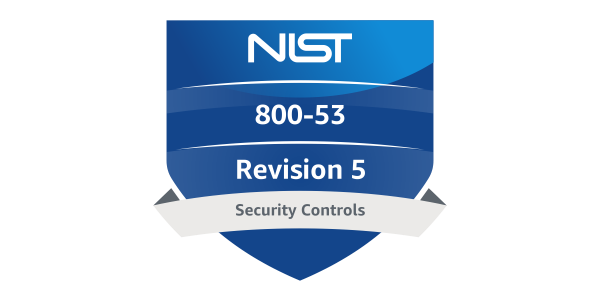AWS Security Blog
Scaling cross-account AWS KMS–encrypted Amazon S3 bucket access using ABAC
This blog post shows you how to share encrypted Amazon Simple Storage Service (Amazon S3) buckets across accounts on a multi-tenant data lake. Our objective is to show scalability over a larger volume of accounts that can access the data lake, in a scenario where there is one central account to share from. Most use […]
How to automate updates for your domain list in Route 53 Resolver DNS Firewall
Note: This post includes links to third-party websites. AWS is not responsible for the content on those websites. Following the release of Amazon Route 53 Resolver DNS Firewall, Amazon Web Services (AWS) published several blog posts to help you protect your Amazon Virtual Private Cloud (Amazon VPC) DNS resolution, including How to Get Started with […]
Announcing new AWS IAM Identity Center APIs to manage users and groups at scale
If you use AWS IAM Identity Center (successor to AWS Single Sign-On) as your identity source, you create and manage your users and groups manually in the IAM Identity Center console. However, you may prefer to automate this process to save time, spend less administrative effort, and to scale effectively as your organization grows. If […]
How to let builders create IAM resources while improving security and agility for your organization
September 7, 2022: The post was updated to rephrase the brief of creating builder role with the builder policy attached as the permissions policy. Many organizations restrict permissions to create and manage AWS Identity and Access Management (IAM) resources to a group of privileged users or a central team. This post explains how you can […]
Learn more about the new allow list feature in Macie
Updated on September 7, 2022: This post had been updated to correct the allow list in Macie. Amazon Macie is a fully managed data security and data privacy service that uses machine learning and pattern matching to discover and help you protect your sensitive data in Amazon Web Services (AWS). The data that is available […]
AWS achieves FedRAMP P-ATO for 20 services in the AWS US East/West Regions and AWS GovCloud (US) Regions
Amazon Web Services (AWS) is pleased to announce that 20 additional AWS services have achieved Provisional Authority to Operate (P-ATO) from the Federal Risk and Authorization Management Program (FedRAMP) Joint Authorization Board (JAB). The following are the 20 AWS services with FedRAMP authorization for the U.S. federal government and organizations with regulated workloads: AWS App […]
How to subscribe to the new Security Hub Announcements topic for Amazon SNS
With AWS Security Hub you are able to manage your security posture in AWS, perform security best practice checks, aggregate alerts, and automate remediation. Now you are able to use Amazon Simple Notification Service (Amazon SNS) to subscribe to the new Security Hub Announcements topic to receive updates about new Security Hub services and features, […]
AWS announces migration plans for NIST 800-53 Revision 5
Amazon Web Services (AWS) is excited to begin migration plans for National Institute of Standards and Technology (NIST) 800-53 Revision 5. The NIST 800-53 framework is a regulatory standard that defines the minimum baseline of security controls for U.S. federal information systems. In 2020, NIST released Revision 5 of the framework to improve security standards […]
How to deploy AWS Network Firewall by using AWS Firewall Manager
AWS Network Firewall helps make it easier for you to secure virtual networks at scale inside Amazon Web Services (AWS). Without having to worry about availability, scalability, or network performance, you can now deploy Network Firewall with the AWS Firewall Manager service. Firewall Manager allows administrators in your organization to apply network firewalls across accounts. […]
How to centralize findings and automate deletion for unused IAM roles
Maintaining AWS Identity and Access Management (IAM) resources is similar to keeping your garden healthy over time. Having visibility into your IAM resources, especially the resources that are no longer used, is important to keep your AWS environment secure. Proactively detecting and responding to unused IAM roles helps you prevent unauthorized entities from gaining access […]









